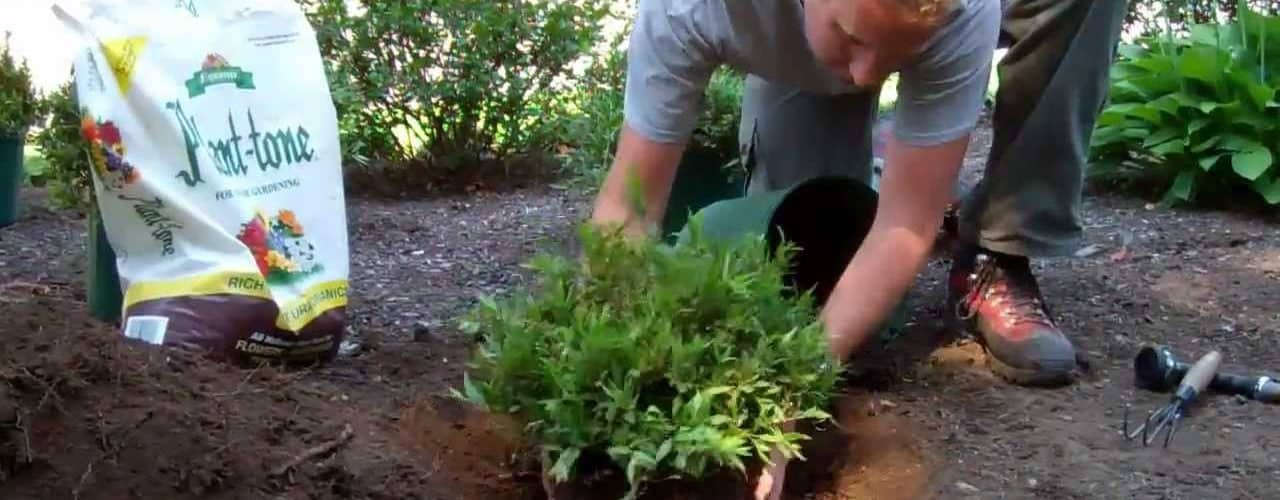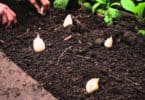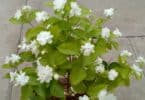Shrubs are a cheap and easy way to beautify the walkways and areas surrounding your house. They are commonly found between other garden plants, around office buildings, hospitals, and other areas where a touch of nature or foliage is needed. The first and probably one of the most important considerations before planting shrubs is the location where you will be planting them. Obviously, you will want them in a place where you and others can see and enjoy them. Know what kind you are planting first. When it is fully grown, will it be too close to your neighbors yard or house?
Is the soil where you are thinking of planting conducive to growing more plants, or is it already taxed with providing nutrients to other plants in your garden? Will it block sunlight to your other plants? These are some questions that you will need to answer first. Planting them properly, too, will save you a lot of time and energy. Late summer or early fall is the best time to plant these. They can be purchased as potted container plants at your local store’s home and garden section. If desired, these plants can be purchased as fully matured plants as well. They are then transferred, roots and all, to your garden. There is a particular kind of shrub called a bare root shrub which is germinated and grown without soil beforehand, so if you choose to buy these, extra care must be taken, and they need to be planted when they are dormant, or inactive. Otherwise, they will dry out.
Most shrub plants will come with gardening instructions, but the basic steps are these: using a spade or a small shovel, dig a hole twice as wide as the roots of the plant, and a little bit shallower. If the hole you’ve dug is smooth, roughen it slightly with a pick or a shovel. This way, as the roots grow, they will be able to take hold. When removing the plant from its container, be careful not to tear the root ball. Lay the container on its side and gently tap it until the whole plant becomes loose. Then place it in the hole, covering the roots with the unearthed soil and tamping gently with a spade. If you are planting a bare root shrub, fill in the hole slightly and lay the plant gently on the mound, spreading out the roots so they can grow.
It is a good idea to add water as you begin to fill in the hole, as the roots will usually be quite dry and cannot absorb water unless they are moist. During the first few days, continue to water regularly, and fertilize as needed. Scatter a generous amount of mulch around the shrub or shrubs, as this will give the plants more of a decorative effect and will cause the plants to blend in with their surroundings, while also providing added nutrients for the soil. Anything organic is good for the surrounding soil and will cause the plant to grow more rapidly.
Be sure to water it often, especially during any dry spells. To get the most out of your plants, be sure to buy a fertilizer hybrid specifically made of the organic compounds for your specific plants. A garden specialist can help you find the proper kind. The ph balance and nutrient information should also be found on the fertilizer’s packaging. For more resources, check the botany section at your local library, as well as Wikipedia.com, which has a vast amount of information concerning shrubs and other household garden plants.
<>






